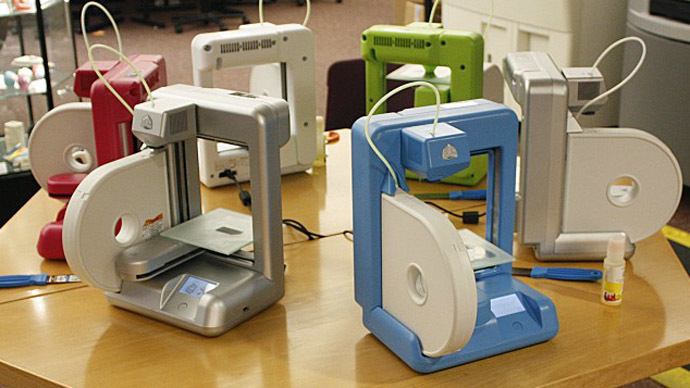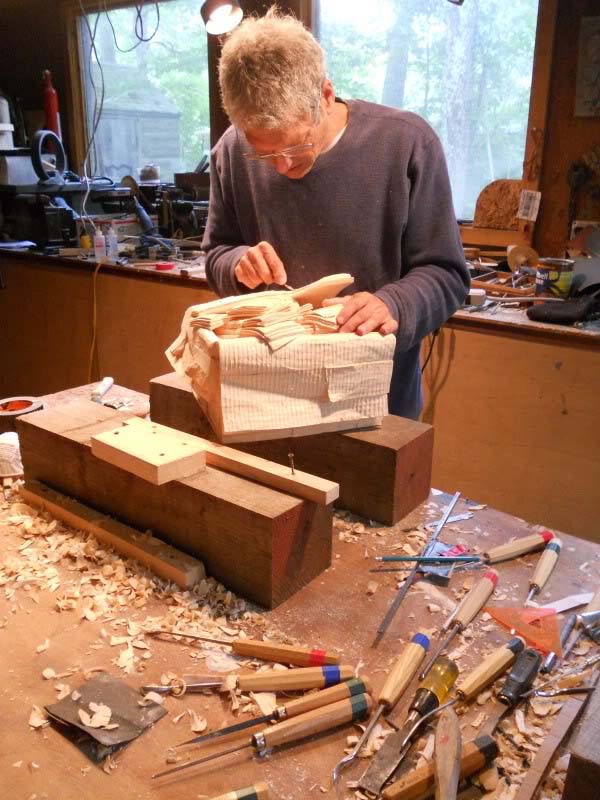Late last year, I was exploring the endless possibilities with the 3D printers in the realm of creativity. There are elements of our research that need customized components in order to obtain the desired results. We do need this one.
Although most of those already in the market can only do plastics, affordable metal printers have started popping out, too. It’s only a matter of time when these useful applications of technology would become as common as cell phones, just like our experience with Personal Computers.
The advantages of having 3D printers are enormous:
- Design prototyping is less costly and faster
- Final design can be replicated at will
- 3D printing is not limited to desktop size creations, but can also be applied to more elaborate projects like building constructions, vehicular design and manufacturing, medical solutions, etc.
With 3D printers, one’s imagination can be made real.
Golden Age is, indeed, just right in the corner.
Affordable 3D Metal Printer
A step towards making 3D printing affordable has been made at Michigan Technological University, which presented an open-source 3D metal printer for only $1,500. Detailed plans and software are all open-source and freely available, too.
So far affordable 3D printing has been more about using polymers. Yet we all know that the ‘real thing’ must be made of metal. But the price of 3D metal printers has been the major stumbling block towards making the use of this truly 21st century technology an everyday routine. That is why only wealthy scientific organizations, such as NASA, or the military can afford metal 3D printers that cost well over $500,000.
Now Professor Joshua Pearce and his team of 3D apostles from Michigan Technological University are proclaiming the era of Open Access 3D Printing, having published their “A Low-Cost, Open-Source Metal 3-D Printer,” article in the journal, IEEE Access. Practically anyone who is interested is now free to print objects and make a 3D metal printer of their own.
The team admits that this is only a beginning. The printer is quite basic, but it does print complex geometric objects, putting down thin layers of steel with its kit worth $1,500. The most important components are a small commercial MIG welder and an open-source microcontroller.
Source »
Potential Home Metal 3D Printer: The Vader
The New York Maker Faire 2013 bore witness to a very promising home metal 3D printer. This Liquid Metal Jet printer goes by the name of Vader. The Vader metal 3D printer is created by father-and-son makers Scott and Zack Vader at Vader Systems. Yes, it does have a hexagonal tie-fighter style print bed. Yes, it does come in black…
Liquid Metal Jet Printing (LMJP) builds metal parts – including highly pragmatic break-though applications such as mechanical elements and electronics. LMJP is similar to ink jet printing, whereby every individual molten drop is printed in a specific location.
The first step in the printer process sees an on-board cuboid electric furnace melt metal ingot for the extrusion material. A conventional 400-watt power supply powers the device – energy efficiency is not a problem here. The furnace is seen in the feature image as encased in a glossy-black cube.
Natural or induced magnetism propels the melted metal onto the printer bed: some metals naturally have magnetic properties; others, such as the first planned material for the Vader, aluminum, requires the electrical charge.
A head akin to that of an ink jet printer lays down droplets, layer by layer, building up the molten aluminum additively. By changing the extrusion orifice size, molten spheres of metal are then deposited.
The device can utilize thousands of nozzles to run at a similar speed to that of a 2D inkjet printer.
Zachary Vader, the 20 year old former mechanical engineering student son in the family team, believes copper, silver and gold should be relatively easy to add. Because the electrical conductivity of the metal is key to the printing mechanism, though, adding new materials may require some tweaking of the process,
Source »
What is possible with metal and plastic could also be possible with bio parts.

Please support us by downloading our Second Edition of Towards Healthcare Emancipation eBook. The proceeds from this book will be used to fund our next project, Towards Energy Emancipation.
The aim is to make the subject of free energy more understandable for the layman so that anybody could replicate and install his own power plant and be completely living off-grid.
If you haven’t done so, please like our FB page to encourage others to learn more about our work.
Thank you very much for your valuable support.
–
The Old 3D School
We can glorify what the use of machines has brought us to, but we shall never forget what the meticulous pair of hands can still do.
Here’s more…
We are lucky and honored to have lived and witnessed the creative genius of one Randall Rosenthal.
–













































